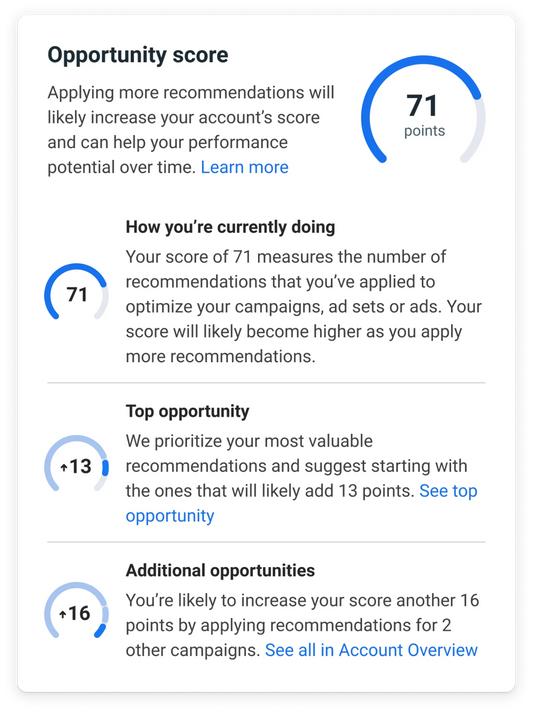In the ever-evolving realm of eCommerce, Direct-to-Consumer (DTC) brands are navigating a complex landscape characterized by rapid shifts in consumer behavior, technological advancements, and economic fluctuations. As we step into 2024, the post-pandemic growth surge has moderated, leaving DTC marketers in search of innovative strategies to sustain growth amidst financial pressures felt globally. This blog explores key trends shaping the DTC space in 2024 and offers actionable insights for DTC shop owners looking to thrive in this new reality.
The State of DTC eCommerce in 2024
Despite a global economic slowdown, the DTC sector continues to expand. In the United States, the DTC market value is projected to reach $213 billion by the end of 2024, up from $128 billion in 2021. Similarly, the UK market saw a significant rise from $116.8 billion in DTC sales in 2020 to nearly $146 billion in 2023. The Asia-Pacific region is not far behind, with Hong Kong's DTC sales expected to double by 2026. This growth underscores the enduring appeal of DTC models, particularly their capacity to forge direct, trust-based relationships with consumers.
Navigating Economic Headwinds
Global economic challenges, including slowing growth and persistent inflation, are reshaping consumer spending habits. While the global growth rate dipped slightly from 3.5% to 3.1% year-over-year by the end of 2023, eCommerce continues to grow, with sales projected to hit $8.14 trillion by 2026. This resilience suggests that while DTC brands face challenges, the opportunities for growth and innovation remain vast.
Key Trends Affecting DTC in 2024
-
Data Privacy and First-Party Data: The phasing out of third-party cookies underscores the importance of first-party data. DTC brands that excel in creating engaging experiences through their websites and apps will likely gain a competitive edge.
-
Mobile Commerce Dominance: Mobile is expected to account for 43.4% of total eCommerce sales by the end of 2024. DTC brands should optimize their online presence for mobile to capture this growing market segment.
-
AI and Emerging Technologies: The integration of AI, AR, and voice search into eCommerce platforms is transforming the shopping experience. AI-enabled eCommerce is projected to grow by 15.7% annually, presenting DTC brands with new avenues for engagement and personalization.
-
Sustainability and Consumer Expectations: Sustainability is no longer just a buzzword; it's a consumer expectation. DTC brands need to ensure their sustainability claims are genuine, measurable, and comprehensive, spanning the entire supply chain.
Strategies for Success
-
Embrace a Hybrid Model: Incorporating Where to Buy (WTB) solutions can help DTC brands control the path to purchase while offering consumers more choice and convenience. This approach can also facilitate smoother entry into new markets and strengthen retailer partnerships.
-
Leverage First-Party Data: With first-party data becoming more crucial, DTC brands should focus on collecting and analyzing customer data to enhance personalization and improve the shopping experience.
-
Optimize for Mobile: Given the significant role of mobile commerce, DTC websites and online stores must be optimized for mobile devices to ensure a seamless shopping experience.
-
Focus on Authenticity: In an era marked by skepticism towards influencers and endorsements, DTC brands should prioritize authenticity in their marketing efforts. Genuine customer testimonials and influencer partnerships can build trust and loyalty.
-
Innovate with Technology: Experimenting with AI, AR, and other emerging technologies can differentiate DTC brands in a crowded marketplace, offering customers unique and engaging shopping experiences.
Conclusion
As we navigate the complexities of 2024, the DTC sector offers exciting opportunities for growth and innovation. By understanding the current landscape, embracing new technologies, and remaining adaptable to changing consumer preferences, DTC shop owners can position their brands for success in this dynamic environment. The journey ahead may be challenging, but for those willing to innovate and adapt, the future of DTC eCommerce is bright.




